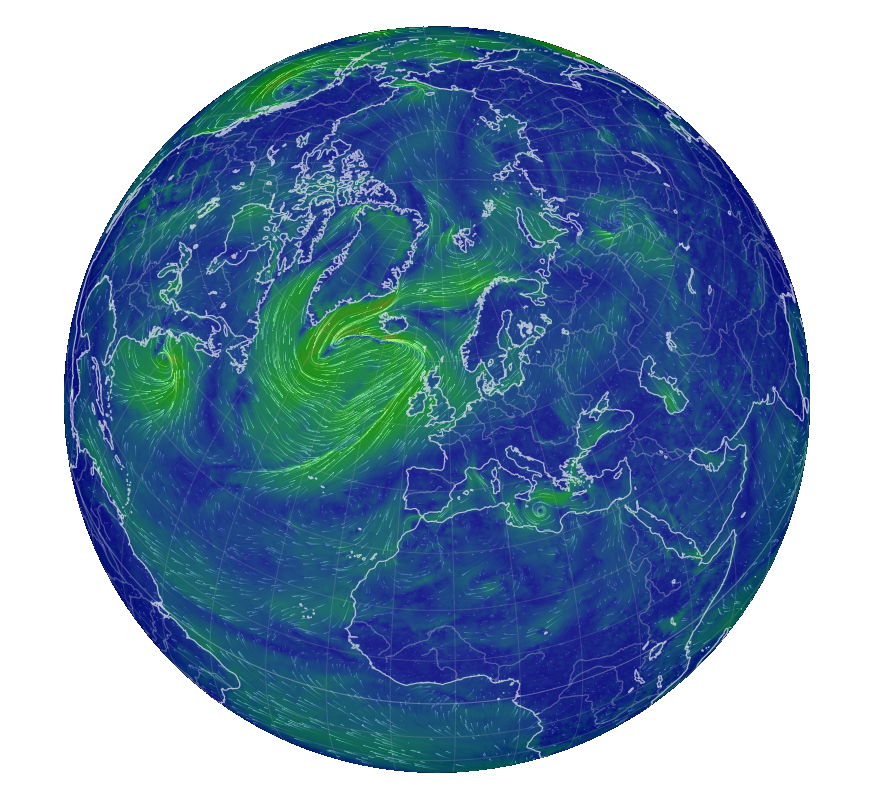An air mass can be described as the air with similar properties of temperature and moisture which covers a large area. The air in neighbouring air masses doesn't mix because of differences in density and temperature. When air masses meet, fronts are formed, which we will learn about in separate tutorials (see Fronts).
Air masses influencing the British Isles
The weather of the British Isles and surrounding countries is influenced by several different air masses. These are the main ones:
- Tropical Continental (Tc): This type of air mass is mainly from the south-east and south, i.e. the tropics. The air travels over a warm land mass (hence the term 'continental' ). In summer air masses from the east that have travelled over central Europe can be classed as Tropical Contintental. The air is usually warm and dry.
- Tropical Maritime (Tm): These air masses generally originate from the south-west and travel over a warm sea (hence 'maritime'). The air is usually warm and moist because the air picks up moisture from the sea.
- Polar Continental (Pc): This kind of air mass comes from polar regions, travelling over a cold land mass. In the UK this means air from the north-east that has travelled over Russia and Scandinavia. Such air masses tend to be cold and relatively dry.
- Polar and Arctic Maritime (Pm and Am): These air masses originate from the Canadian Arctic or from around Greenland and arrive in the British Isles from the north or north-west. The air has travelled over a cold sea. This is the most common air mass affecting Britain. The air is typically cool and fairly moist.
Note: an air mass that originates in polar areas but travels southward before turning north to reach the British Isles is called a returning polar maritime.

Exercise
 Use the link below to visit the animated, interactive presentation of air currents by Nullschool Technologies. It shows air currents over the UK for the present time.
Use the link below to visit the animated, interactive presentation of air currents by Nullschool Technologies. It shows air currents over the UK for the present time.
- Click on the 'Earth' menu and select different heights (Sfc is 'surface level')
- Can you work out what air masses are currently affecting weather in the UK?
- Hint: You may need to zoom out
- Zoom out and explore air currents in other parts of the globe.
- When you have finished, click back to return to this page.
Helpful hint
When we talk about a westerly wind we mean a wind that comes from the west. The air is actually moving towards the east ('eastwards').